There is only one week left in the get-3-months'-supply program!
Do you ever have a whole bunch of fruit that is, shall we say, (far) less than perfect? Do you resign yourself to throwing it away or turning it into garden mulch? Most often, there is something good and useful to do with it still, after the bad parts are cut away. A couple weeks ago, at my house, the project was the pears we’d picked off our tree. (This week we’re working on peaches and apples.) We’d only managed to get the pears sprayed once as blossoms, and the worms were really happy about that. Most of the pears were wormy through the cores. The pears were damaged enough that canning beautiful pear halves was out of the questions. So I found a recipe where the shape of the fruit didn’t matter--Caramelized Spice Pear Butter. The original recipe didn’t quite work for what I had, so I combined the idea from that recipe with the quantities for apple butter, one page earlier in the cookbook.
I made one batch (6 pints) of the spiced pear butter, then two batches where the spices were left out, for just Caramel Pear Butter. A touch of salt brought out the caramel notes. It’s delicious on bread, toast, muffins, and pancakes, of course, but also as both fruit and sweetener for cooked oatmeal.
If you don’t have pears, but do have apples, go right ahead and substitute them in, for Caramel Apple Butter. (Doesn’t that sound delicious?) And if you don't have apples, but live anywhere near me, come get free apples!
Caramel Pear Butter
7 to 8 pounds of pears, depending on how much needs cut away
3 c. sugar
¼ tsp. salt*
2 Tbsp. lemon juice
*For Caramelized Spice Pear Butter, omit salt; add 1½ tsp. ground cinnamon, 1 tsp. ground cloves, ½ tsp. ground ginger.
Wash, halve, and core pears, cutting away any bad parts. Leave the skin on. Stick the pears in a blender or food processor, and run until nearly smooth.
You’ll need a total of 12-13 cups pureed pears. In a heavy-bottomed, very large pan or a stock pot, put 2 cups of sugar. Turn the heat to high and watch it closely. (Do not walk away! Not without reducing heat to low while you’re away.) When the sugar begins to melt, stir the melted spot to keep it from burning, and to stir more of the still-granulated sugar into it. Reduce heat to medium-high, and keep stirring more of the sugar into the molten part. If some of it starts to smoke and turn black, the heat is too high or you’re not stirring enough. (Be careful; this stuff is near 300 degrees F.) Once it’s all golden brown, stir in the remaining 1 cup sugar. Stir for a minute to help it melt, then reduce heat to low. Add the pear puree and salt (or spices, if you’re going with that option). It will splutter, and the molten sugar will harden up at the bottom of the pan. Turn the heat up to medium-low and put the lid on, propped so steam can escape.
Let it simmer or boil for about 45-60 minutes, stirring every five or ten minutes. The longer it cooks, the more often you’ll need to stir, to keep it from scorching. Eventually, almost all of that sugar at the bottom will dissolve into the pear puree. Around 45 minutes, the mixture will start to thicken because of the water that has escaped through steam. Simmer until it’s nearly as thick as you want; it will thicken a little more after it cools.
Stir in the 2 Tbsp. lemon juice. Pour into sterilized canning jars leaving ½” headspace, wipe tops of the jars clean, add a sealing lid and firmly screw on a canning band. Process half-pints in a boiling water canner for 5 minutes (15 minutes at my elevation of 4400 ft above sea level), or in pints for 15 minutes (25 minutes at my elevation).
Makes 5 ½ to 6 pints, or about 12 half-pints.
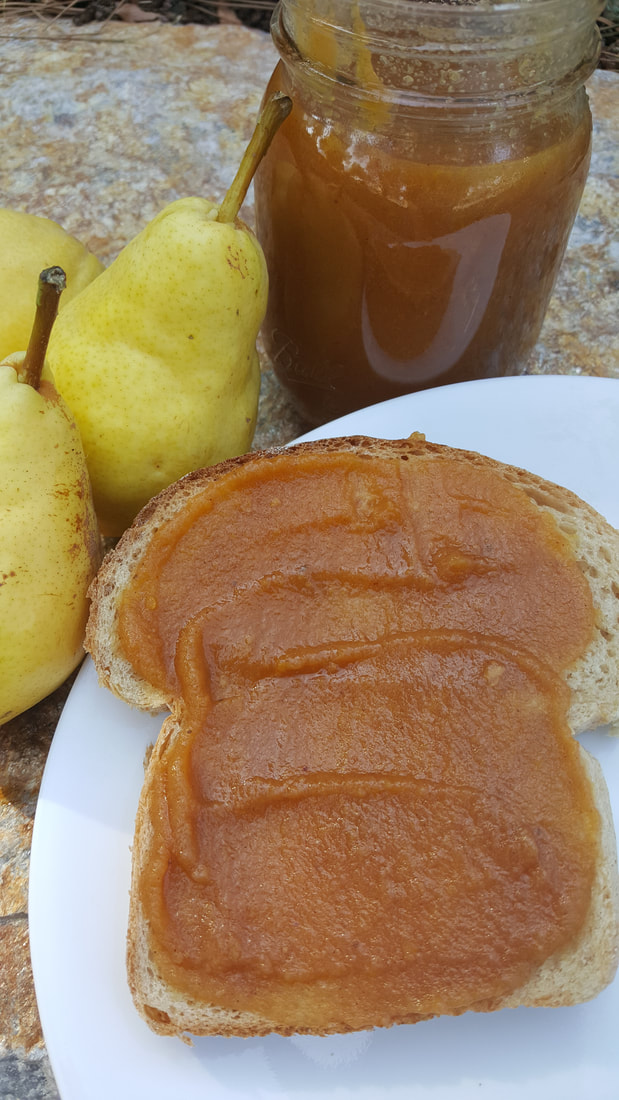
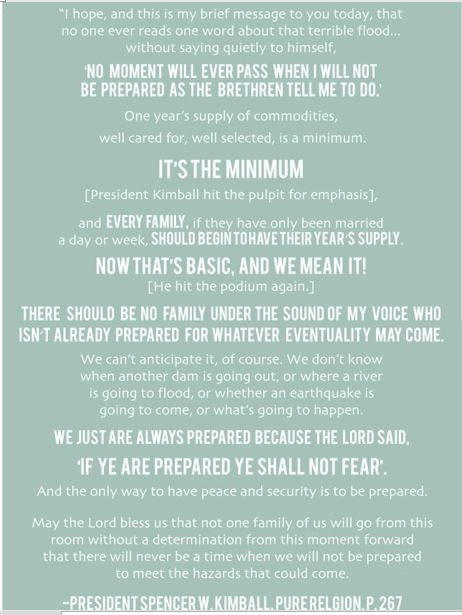
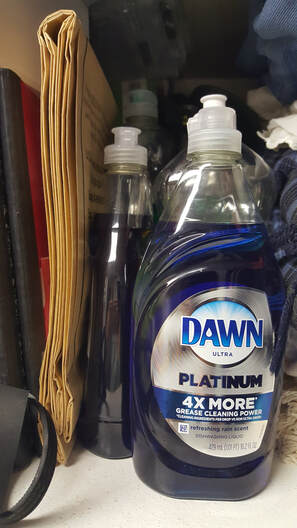
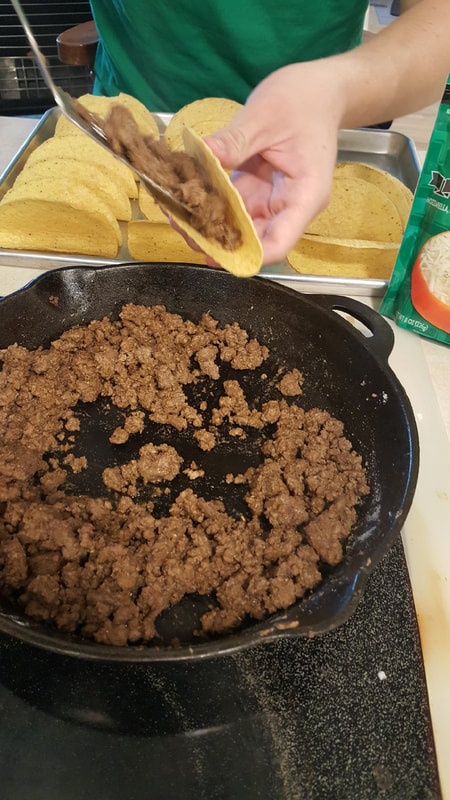
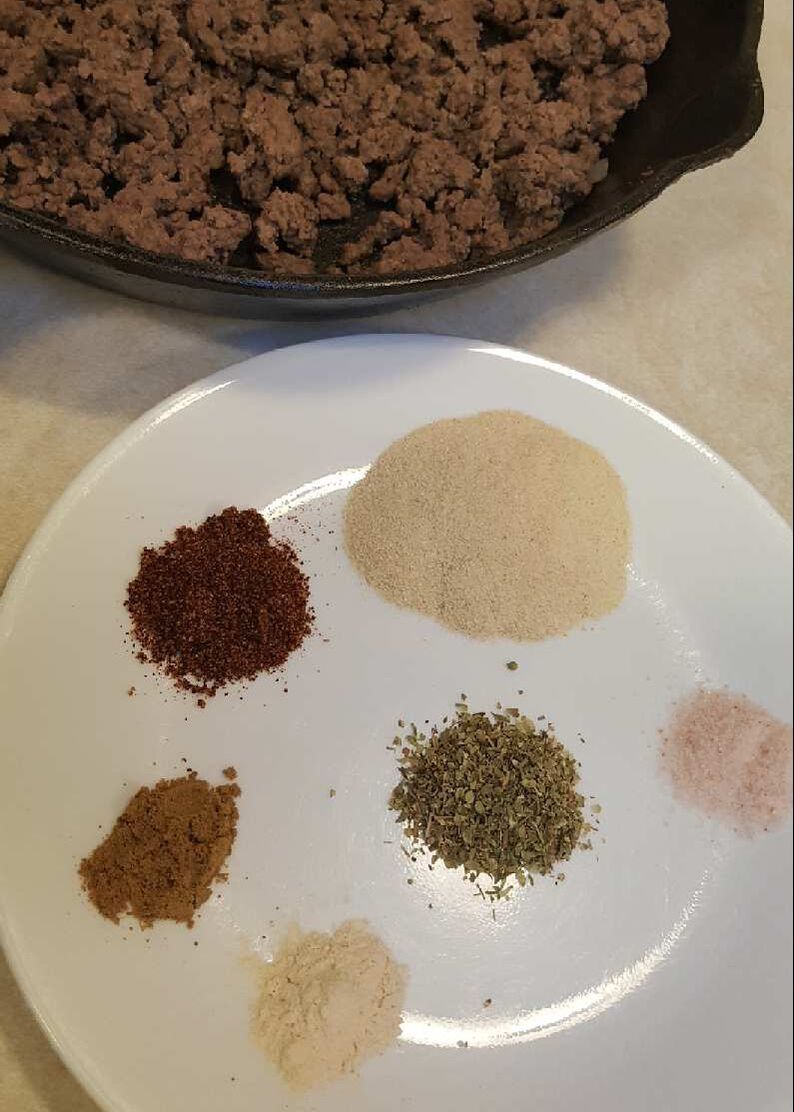
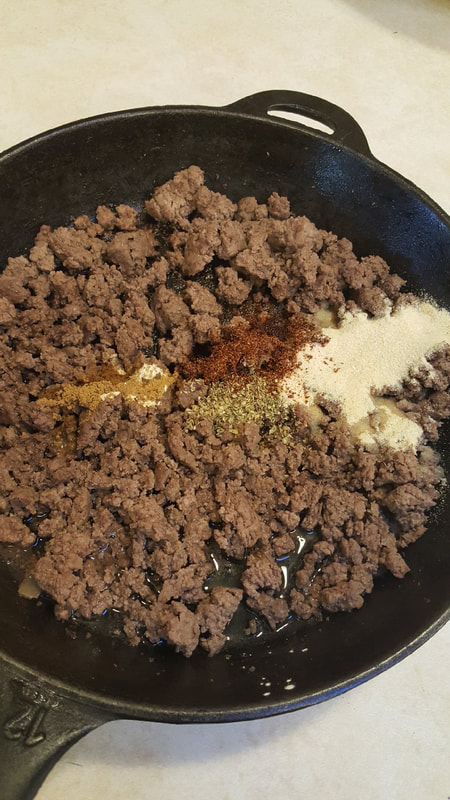
 RSS Feed
RSS Feed